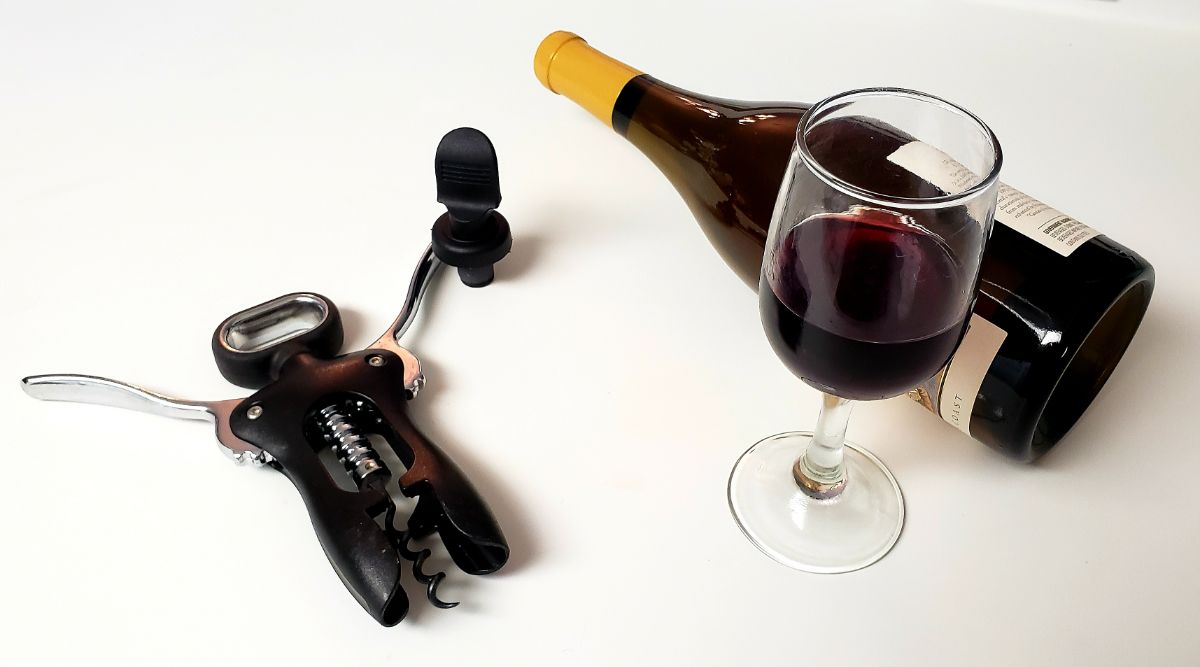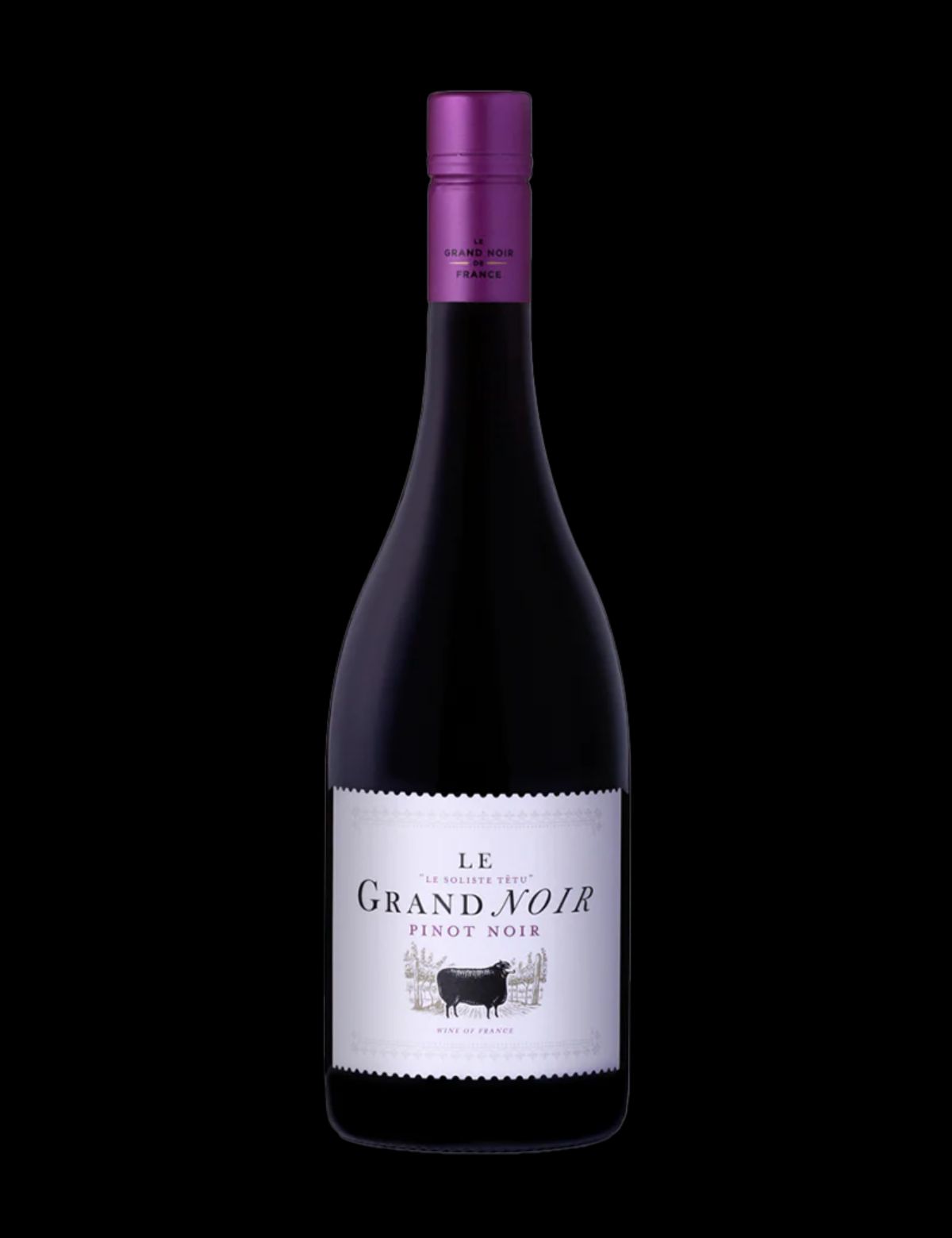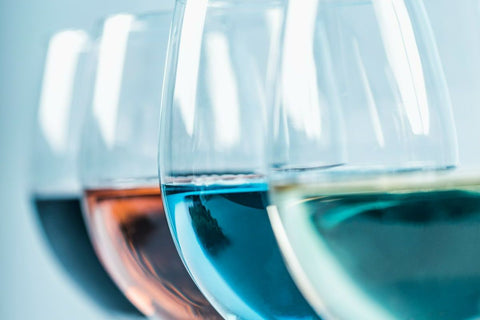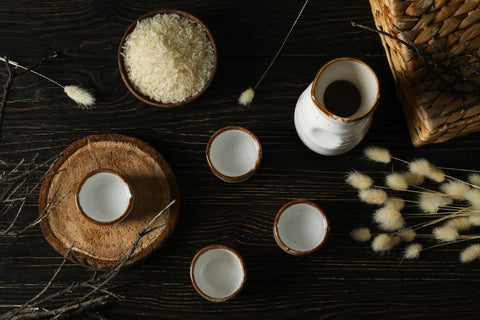Overview
- Red wines offer berry-rich complexity in reds while white wines offer crisp citrus and floral notes.
- Red wines bring heart-protective antioxidants like resveratrol, while whites offer their own health benefits, making both choices wholesome when consumed responsibly.
- Food pairing opportunities abound, with pinot noir complementing roast pork and chardonnay enhancing chicken dishes, making the choice between red and white wine a matter of personal preference and occasion.
In the world of wines, the age-old debate of red vs white wines continues to captivate enthusiasts and novices alike. Each varietal boasts its unique charm, making it an exciting exploration of taste and preference. Whether you lean towards the rich and robust depths of reds or the crisp elegance of whites, both offer a great journey through the vineyards of flavors.
This blog focuses on the nuances and characteristics that set red and white wines apart. With each glass, you’ll discover more about your personal palate and perhaps even stumble upon your new favorite pour.
Health Benefits of Red and White Wines

Red wine is loved for its heart-protective properties, thanks to antioxidants like resveratrol, anthocyanins, and polyphenols. These antioxidants promote cardiovascular health by lowering bad cholesterol levels and raising good cholesterol levels, which lowers the risk of heart disease and related complications.
On the other hand, white wine also contains antioxidants that can be advantageous for heart health and blood vessel function, such as quercetin, catechins, resveratrol, and more.
Both wines offer health benefits when enjoyed responsibly. For women, this typically means consuming one to two 5-ounce glasses per day, while men can indulge in up to two glasses.
Nutritional Value
When analyzing the nutrition labels of red and white wines, it becomes clear that the differences between the two are relatively subtle. Here's a practical breakdown:
Calories
A standard glass of red wine contains roughly 125 calories, providing a basic insight into its energy content. Conversely, white wine carries a slightly lower caloric load, with 115 calories per glass, reflecting a modest reduction in caloric content.
Carbohydrates
Red wine contains approximately 4 grams of carbohydrates per glass, primarily composed of sugars and starches, which serve as a source of energy. Meanwhile, white wine has a slightly higher carbohydrate content, with 5 grams per glass, slightly exceeding that of red wine.
Alcohol Content
Typically, a standard glass of red wine contains 3.1 grams of alcohol. White wine, on the other hand, features a lower alcohol content of 2.9 grams per glass.
Red vs White Wines: Which Should You Choose

Describing the taste of wine can be quite subjective, some general observations can help you understand what to expect.
For Berry-Flavored Wines
When savoring red wine, you may encounter notes reminiscent of various berries. The specific berry flavors you perceive can depend on the type and style of the red wine you're enjoying.
In lighter-bodied red wines, they offer subtle and delicate berry notes, with flavors evoking strawberries, raspberries, and cherries that can be quite refreshing.
Richer and fuller-bodied red wines present bolder and more intense berry flavors. Here, you might discern the robust tastes of blackberries, blueberries, and blackcurrants, creating a deeper and more pronounced berry character in the wine.
For Citrus-Flavored Wines
White wines are known for their distinct flavor profile, which is crisper and more refreshing compared to red wines. They often evoke a sense of freshness with flavors that include bright citrus notes, the green freshness of freshly cut grass, the sweetness of stone fruits like peaches and apricots, and subtle aromatic hints of floral elements.
If you appreciate sharper and invigorating flavors in your wine, white wine may be the ideal choice to satisfy your palate.
Red Vs White Wines: Food Pairings
The art of food pairing can enhance your wine-tasting experience by complementing the wine's flavors. Here are some red and white wine food pairing ideas:
Red Wine Pairings
Pinot noir is a low-tannin red wine that shines when paired with roast pork dishes. Its lighter body complements the flavors of this meat gracefully.
If you're indulging in a steak dinner, Cabernet Sauvignon, with its full-bodied and high-tannin character, is an excellent choice. It can be paired harmoniously with the richness of red meat.
White Wine Pairings
Chardonnay, which can be oak-aged like red wine, offers nutty and savory notes. It's a superb match for white meat, such as chicken and salmon.
Known for its crisp and refreshing profile, Sauvignon Blanc complements a range of foods. Its sharp flavors make it an ideal companion for cheeses, oysters, and green vegetables, offering a delightful contrast.
Key Takeaway
Whether you're captivated by the bold elegance of red or the crisp allure of white, the world of wine awaits your taste exploration. With both offering unique flavors and experiences, it's not about red vs white wines but savoring the diversity and finding your personal favorite. So, raise your glass on a delightful journey through the rich tapestry of red and white wines.
Indulge in the world of exceptional imported wines at Ralph's Wines and Spirits. Our thoughtfully curated selection awaits you, promising a delightful journey through the finest vintages. You may visit the nearest Ralph's Wines & Spirits location or shop our online store today to elevate your wine-sipping experience and unveil a world of flavors, aromas, and memorable moments.



